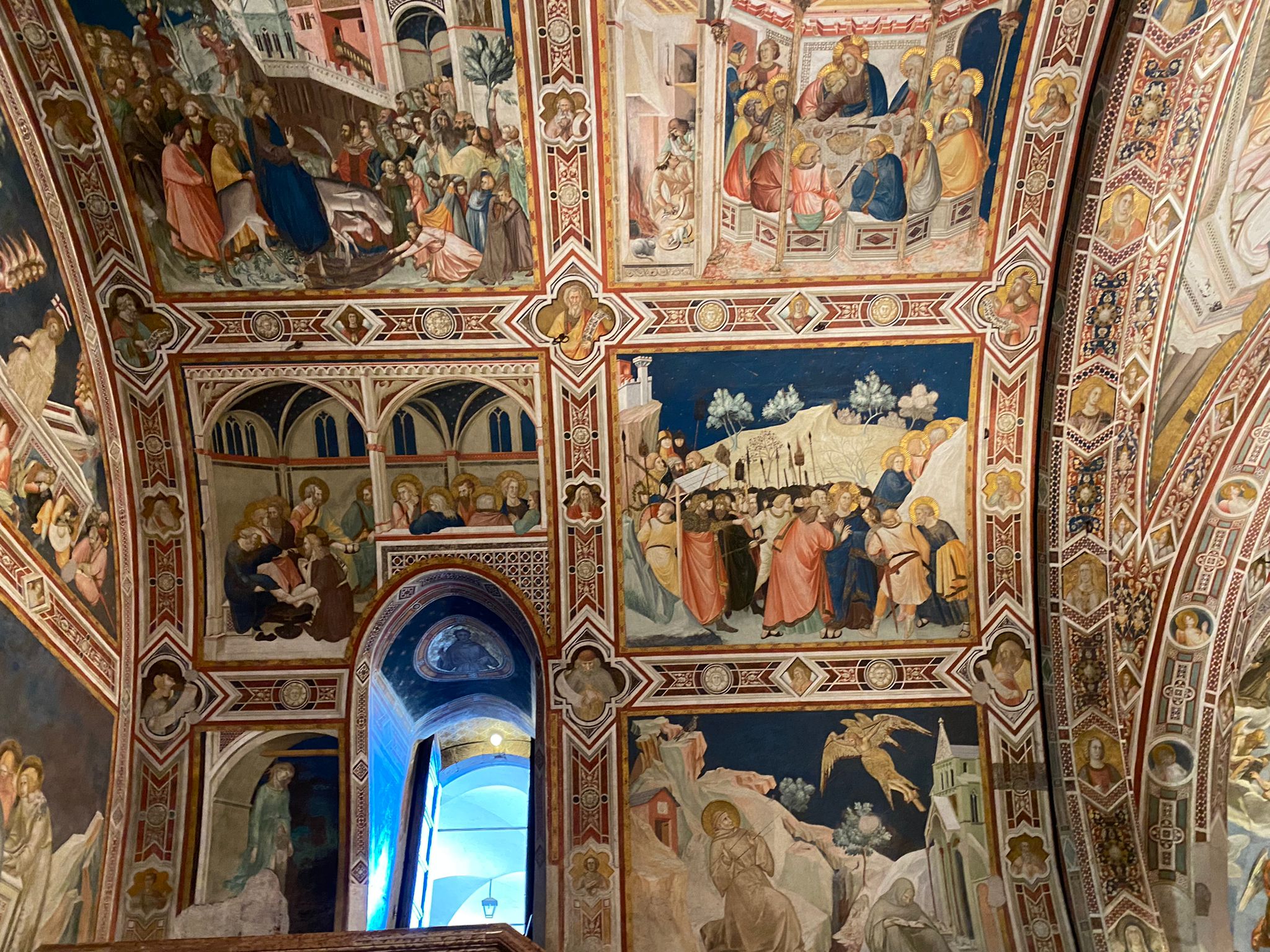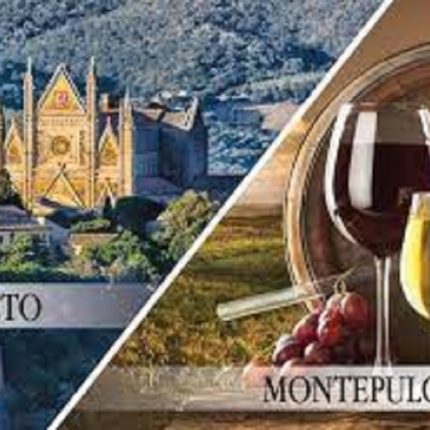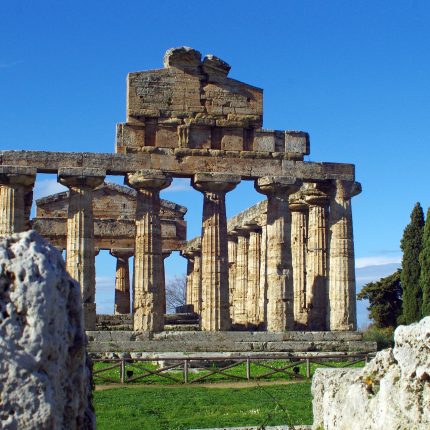Assisi (St. Francis & St. Claire) Private Tour from Rome
Description
Assisi, a medieval city built on a hill, is the birthplace of Saint Francis, closely associated with the work of the Franciscan Order. Its medieval art masterpieces, such as the Basilica of San Francesco and paintings by Cimabue and Giotto, have made Assisi a fundamental reference point for the development of Italian and European art and architecture. After Saint Francis and Saint Clare died, churches were built in their honor. The Church of Saint Francis, called the Basilica of Saint Francis of Assisi, is famous as his burial place. It is also famous for the fresco paintings on the walls and ceilings. Many visitors go to Assisi on pilgrimage. Assisi is included in the UNESCO World Heritage Site in the year 2000. The Porziuncola, is a small Catholic church located within the Papal Basilica of Saint Mary of the Angels in Assisi in Assisi. It is the place from where the Franciscan movement started. The name Porziuncola (meaning “small portion of land”) was first mentioned in a document from 1045, now in the archives of the Assisi Cathedral.The chapel was located on a small portion of land (“Portiuncula”) belonging to the Order of Saint Benedict of Monte Subasio. Later, the name of the land passed to the little church itself. It was in bad condition, lying abandoned in a wood of oak trees. After a pilgrimage to Rome, where he begged at the church doors for the poor, Francis said he had had a mystical vision of Jesus Christ in the wayside chapel of San Damiano, about two miles outside of Assisi, in which the Icon of Christ Crucified came alive and said to him three times, “Francis, Francis, go and repair My house which, as you can see, is falling into ruins”.Francis took this literally to mean the ruined church in which he was presently praying, and so sold his horse and some cloth from his father’s store, to assist the priest there for this purpose. His father Pietro, highly indignant, sought restitution. After a final interview in the presence of the bishop, Francis renounced his father and his patrimony, laying aside even the garments he had received from him. For the next couple of months he lived as a beggar in the region of Assisi. Returning to the town for two years this time, he restored several ruined churches, among them the Porziuncola, little chapel of St Mary of the Angels, just outside the town. The Basilica of St. Clare of Assisi, realized with the typical pink stone extracted from the quarry of the Subasio mountain, contains precious frescos dating back to the period from the XII to the XIV century. In the chapel on the right, along the unique nave of St. Clare of Assisi, finishing in transept and polygonal apse, you can admire the Crucifix which, according to tradition, would have invited St. Francesco in the church of St. Damiano in order to “reset up the Church”.This chapel and the successive one are the remaining pieces of the pre-existing church of St. Giorgio and they represent the most ancient part of the edifice. In the crypt we have preserved the land remains of St. Clare of Assisi and some relics particularly well preserved: among them there is a frock of San Francesco and a cloth realized by St. Clare.
| PRICE | €400,00 per person minimum 2 people |
| EXTRA PERSON | €300,00 |
| INCLUDED | Pick-up and drop off with luxury transportation and private chauffeur
Private English-speaking tour escort at your disposal Entrance at St. Francis Basilica in Assisi Entrance at the “Porziuncola” Chapel in Assisi Entrance at the Basilica of Santa Chiara in Assisi Entrace at the Sanctuary of Spoliazione – Carlo Acutis’ grave Private professional guide |
| NOT INCLUDED | 10% vat tax
Food and beverages Gratuities (optional) |
| DURATION | Full day |















